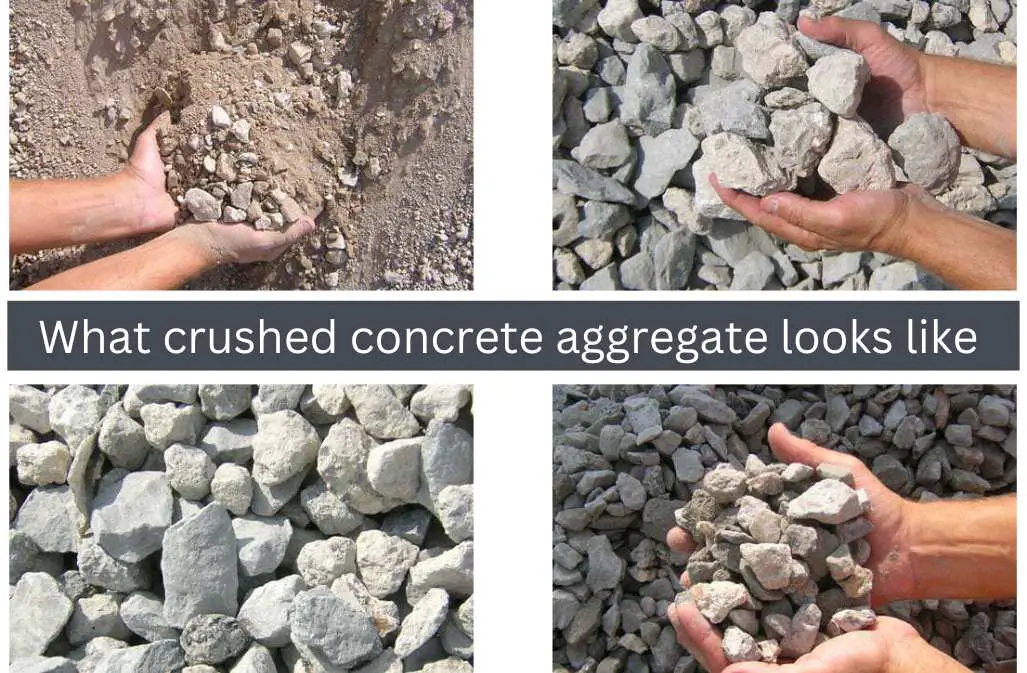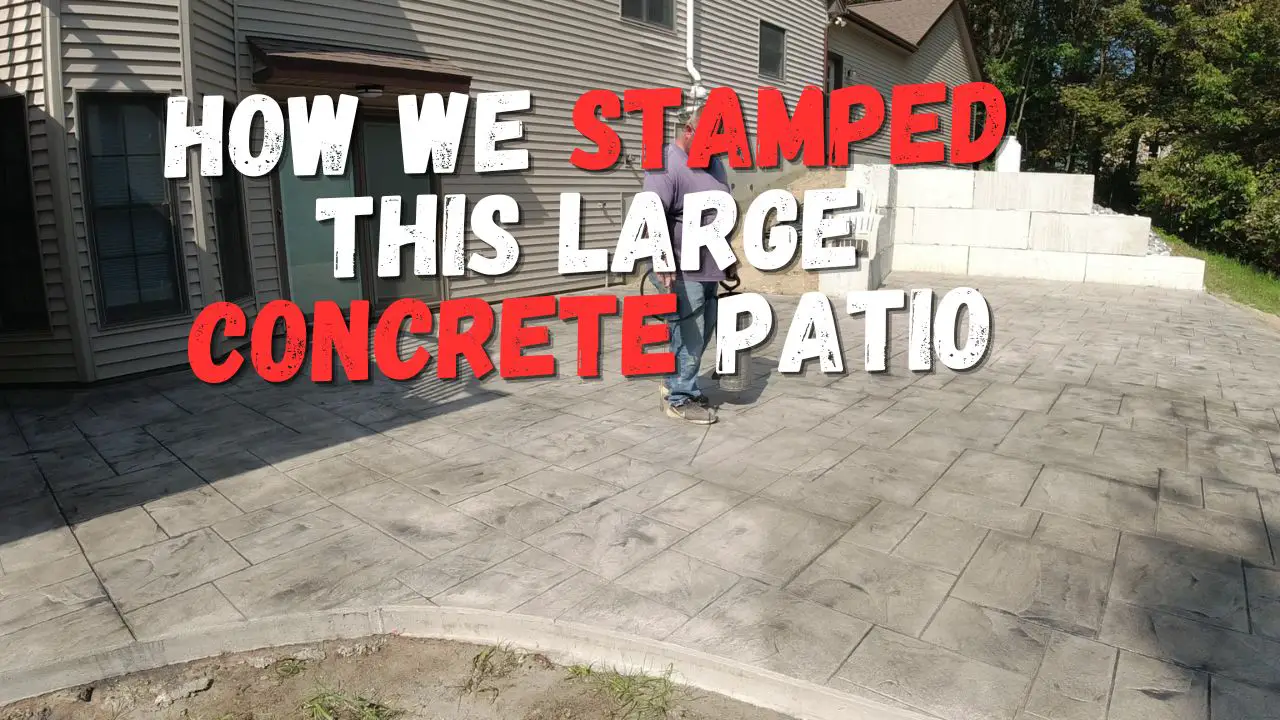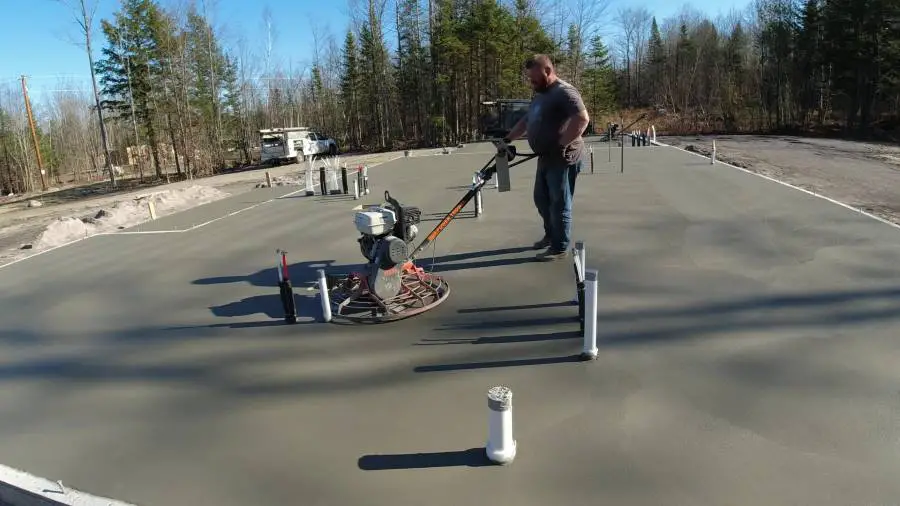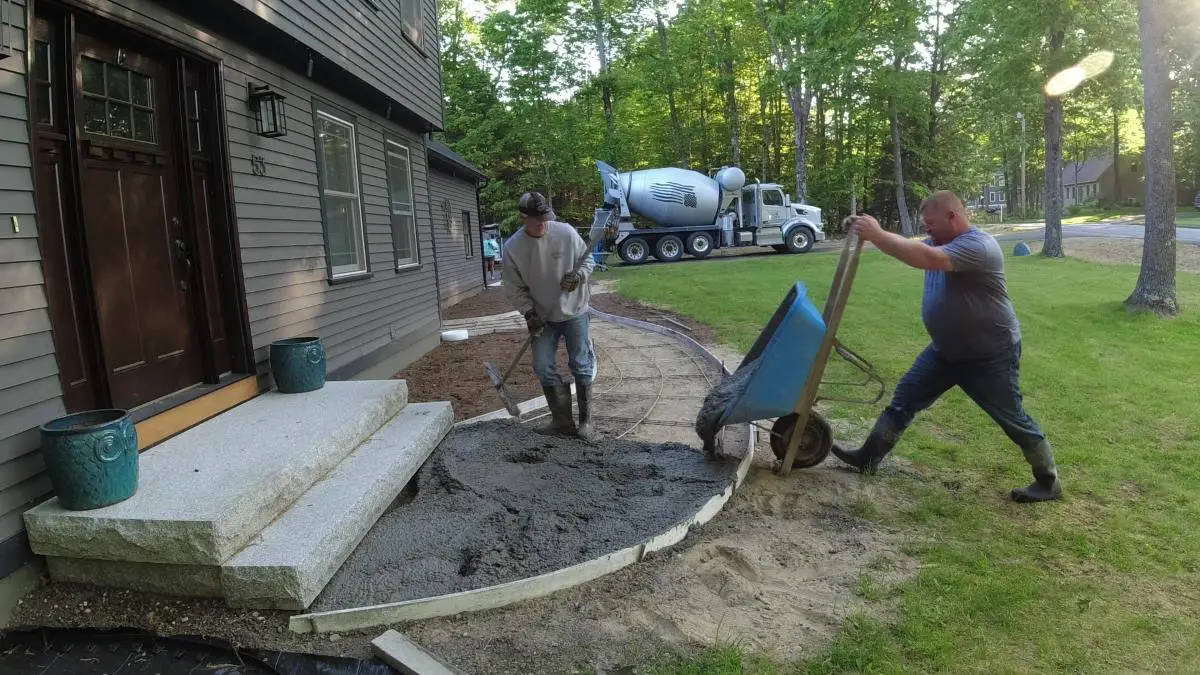what is Crushed Concrete Aggregate?
Crushed concrete aggregate is a type of recycled concrete that is produced by crushing concrete that has been removed from old buildings, roads, or other construction projects.
Rather than being discarded as waste, this concrete is broken down into small pieces, commonly ranging from 3/4 inch to fine powder, and then screened to remove any contaminants.

Crushed concrete aggregate can be used in a variety of construction applications, such as a base material for new roads, pavements, and parking lots, as a backfill material for retaining walls and underground utilities, or as a structural fill material for landscaping and drainage projects.
some of the benefits of using crushed concrete as aggregate
Using crushed concrete aggregate has several benefits, including:
- Sustainability: By using recycled concrete, the demand for natural aggregates can be reduced, thus conserving natural resources and reducing waste.
- Cost-effectiveness: Crushed concrete aggregate is often cheaper than natural aggregates, making it a cost-effective alternative for construction projects.
- Durability: Crushed concrete aggregate has been found to be as durable and strong as natural aggregates, making it a reliable and long-lasting construction material.
- Environmental benefits: Recycling concrete reduces the amount of waste that is sent to landfills, which can help reduce greenhouse gas emissions and improve environmental sustainability.
It is important to note that the quality and properties of crushed concrete aggregate can vary based on the source and processing methods used, so it's important to work with a reputable supplier who can provide high-quality and consistent material.
can crushed concrete be used as aggregate?
Yes, crushed concrete can be used as aggregate in various construction applications, such as in the production of new concrete, asphalt, and other construction materials.
When crushed concrete is used as aggregate, it can help reduce the need for natural aggregates, which can be costly and may have a negative impact on the environment.
Using crushed concrete as aggregate is also a sustainable solution to reduce the amount of waste sent to landfills and to conserve natural resources.
However, it is important to ensure that the crushed concrete is of high quality and meets the necessary specifications and requirements for the intended application.
is crushed concrete the same as gravel?
While both crushed concrete and gravel are types of aggregates, they have different origins and properties.
Here are some of the differences between the two.
Gravel is a naturally occurring material that is extracted from gravel pits, rivers, or other sources. It typically consists of a mixture of different sizes of stones, ranging from small pebbles to larger rocks. Gravel is often used as a base material for roads, driveways, and landscaping projects.
Crushed concrete, on the other hand, is a recycled material that is produced by crushing concrete that has been removed from old buildings, roads, or other construction projects.
It is typically smaller in size than gravel and has a rougher texture. Crushed concrete is often used as a base material for new roads, pavements, and parking lots, and can also be used as a structural fill material for landscaping and drainage projects.
does crushed concrete get hard?
Yes, crushed concrete can get hard and durable when it is properly compacted and cured.
When crushed concrete is used as a base material for new construction projects, it is typically compacted with heavy machinery and then wetted down and left to cure for a period of time.
During this curing process, the crushed concrete hardens and develops the necessary strength and stability to support the weight and traffic of the overlying structure.
The strength of crushed concrete can vary depending on various factors, such as the quality of the original concrete, the degree of compaction, and the curing conditions.
However, crushed concrete can be engineered to meet specific strength and durability requirements by adjusting the mix design and the compaction and curing methods used.
are there any disadvantages of using crushed concrete aggregate?
While there are many benefits to using crushed concrete aggregate in construction, there are also some potential disadvantages to consider. Here are a few:
- Variability: The quality and characteristics of crushed concrete aggregate can vary depending on the source of the material and the processing methods used. This can make it difficult to achieve consistent properties and performance, especially in large-scale construction projects.
- Contamination: Crushed concrete aggregate may contain contaminants such as metal, wood, and other debris, which can affect the quality and strength of the resulting concrete or other construction material.
- Dust and Noise: Crushing and processing concrete can generate dust and noise, which can be a nuisance to workers and nearby residents.
- Carbon Footprint: While using recycled concrete reduces the need for natural aggregates, the process of crushing and transporting the material can still have a significant carbon footprint.
- Limited availability: The availability of crushed concrete aggregate may be limited in some areas, which can make it more expensive or less feasible for certain construction projects.
does crushed concrete drain well?
Yes, crushed concrete can drain well when it is properly installed and compacted.
Crushed concrete is commonly used as a drainage material in a variety of construction applications, such as in the construction of French drains, trench drains, and other drainage systems.
The key to ensuring that crushed concrete drains well is to ensure that it is properly installed and compacted.
The crushed concrete should be placed in a layer and compacted with heavy machinery to ensure that it is tightly packed and stable.
Additionally, the crushed concrete should be sloped away from structures to ensure that water drains properly.
It's important to note that the drainage characteristics of crushed concrete can vary depending on factors such as the gradation, compaction, and moisture content of the material.
For example, crushed concrete with a larger particle size may drain more slowly than crushed concrete with a smaller particle size. Therefore, it's important to work with an experienced contractor who can help select and install the appropriate crushed concrete for the specific drainage application.
What's the best way to compact crushed concrete?
The best way to compact crushed concrete aggregate depends on various factors, such as the type and size of the aggregate, the amount of moisture in the material, and the compaction equipment available. Here are some general tips for compacting crushed concrete aggregate:
- Use the right equipment: Compaction equipment, such as vibratory rollers, plate compactors, or pneumatic tampers, can be used to compact crushed concrete. The type of equipment used depends on the size and shape of the area to be compacted and the amount of material to be compacted.
- Gradually add water: Crushed concrete should be moistened to aid in compaction, but too much water can make the material difficult to compact and result in a weaker final product. Gradually add water to the material as it is being compacted, using just enough to achieve the desired level of moisture.
- Compact in layers: Crushed concrete should be compacted in layers, with each layer no more than 6 inches thick. Each layer should be compacted with the appropriate equipment until it is tightly packed and stable before adding the next layer.
- Use the right technique: The technique used to compact crushed concrete depends on the type of equipment being used. For example, vibratory rollers should be used in a back-and-forth motion, while plate compactors should be used in a circular motion.
- Monitor compaction: It's important to monitor the compaction process to ensure that the material is being properly compacted and that there are no voids or other defects in the base layers.
The key to compacting crushed concrete aggregate is to ensure that the material is properly moistened, compacted in layers, and monitored for defects throughout the process.
who makes crushed concrete aggregates?
Crushed concrete aggregate can be made by a variety of companies, such as construction and demolition contractors, recycling facilities, and specialized aggregate suppliers.
The process of making crushed concrete aggregate typically involves the following steps:
- Collection: Concrete is collected from demolition sites, roads, or other construction projects.
- Crushing: The concrete is crushed using specialized crushing equipment to break it down into small pieces.
- Screening: The crushed concrete is screened to remove any contaminants and ensure that the material meets the necessary size and gradation requirements.
- Storage: The crushed concrete aggregate is stored in stockpiles until it is ready to be used in construction projects.
Many construction and demolition contractors have their own crushing equipment and can produce crushed concrete aggregate on-site as part of their services.
In addition, there are specialized companies that focus on the production and supply of crushed concrete aggregate for construction projects.
who are some of the top suppliers of crushed concrete aggregate?
There are many reputable suppliers of crushed concrete aggregate that can provide high-quality material for construction projects.
Some of the top suppliers of crushed concrete aggregate may include:
- LafargeHolcim: This company is a global leader in building materials and produces a wide range of construction products, including crushed concrete aggregate.
- Vulcan Materials Company: Vulcan Materials is one of the largest producers of construction aggregates in the United States, including crushed concrete aggregate.
- Martin Marietta: This company produces and supplies aggregates, including crushed concrete, for various construction applications.
- CEMEX: CEMEX is a global building materials company that produces and supplies crushed concrete aggregate and other construction materials.
- Aggregates Supplier: This company is a leading supplier of aggregates, including crushed concrete, for construction projects in the United Kingdom.
- ReAgg: One of the leading suppliers of recycled concrete in the Washington DC area.
What's the best way to find a local supplier?
There are several ways to search for a local crushed concrete aggregate supplier, including:
- Search online: One of the easiest ways to find a local crushed concrete aggregate supplier is to search online. You can use search engines, such as Google, and search for terms like "crushed concrete aggregate supplier near me" or "recycled concrete supplier in [your city/region]." This should provide you with a list of suppliers in your area.
- Check local directories: Local business directories, such as Yelp or Yellow Pages, may have listings for crushed concrete aggregate suppliers in your area.
- Ask for recommendations: If you know anyone in the construction industry, they may be able to recommend a reputable supplier. You can also ask for recommendations from local construction trade associations or building material supply stores.
- Contact trade associations: Trade associations, such as the National Demolition Association or the National Ready Mixed Concrete Association, may have directories of member companies that produce and supply crushed concrete aggregate.
- Check with local recycling facilities: Some recycling facilities may also produce and sell crushed concrete aggregate.
Once you have a list of potential suppliers, it's important to research their reputation, experience, and certifications to ensure that they can provide high-quality and reliable material for your construction project.
Check out this GREEN CONCRETE mix design.
What is FLY ASH CONCRETE?
Return from Crushed Concrete Aggregate to Building Green with Concrete
Return from Crushed Concrete Aggregate to Everything About Concrete Home Page














